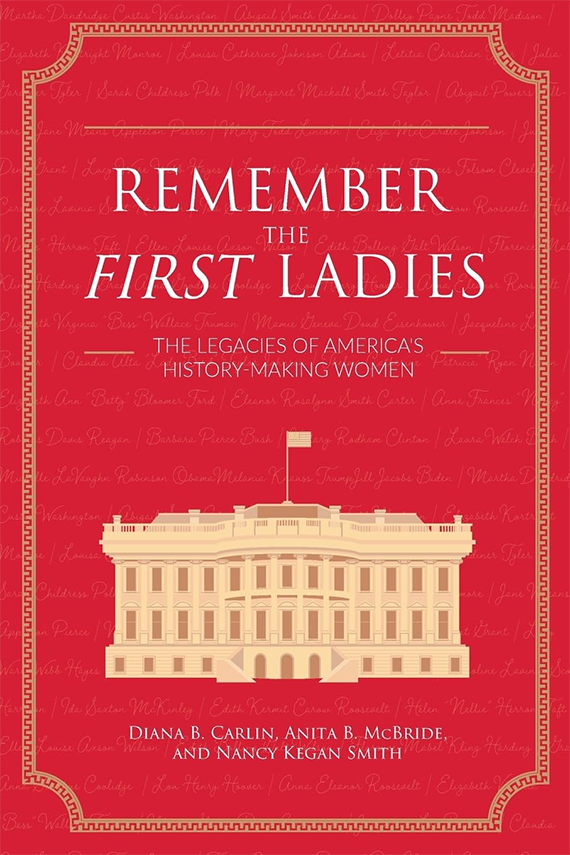AARP Hearing Center


From Martha Washington to Jill Biden, first ladies have made their marks on American history and culture — all in different ways. They can be deeply or only marginally involved with White House affairs, some have been style icons, others agents of cultural change.
“First Ladies are said to be mirrors of their times and also leaders,” asserts a new book highlighting the women who’ve held this unique position since the country’s beginning, Remember the First Ladies: The Legacies of America’s History-Making Women by Diana B. Carlin, Anita McBride and Nancy Kegan Smith.
And it would be hard to find people, beyond the first ladies themselves, more knowledgeable about the role. Carlin, a retired professor, has taught courses on the first ladies at three different universities; Smith was director of the Presidential Materials Division at the National Archives and coeditor of Modern First Ladies: Their Documentary Legacy; and McBride is director of the First Ladies Initiative at American University and worked for three presidential administrations, including as first lady Laura Bush’s chief of staff.
They collaborated on what began as a text book, released last July. Then, when the writers and publisher realized that there was no comprehensive history on the topic for the general public, they came out with a slightly adapted version with more mass appeal in January.
The title, says McBride, comes “from Abigail Adams’ admonition to her husband [second U.S. President John Adams] — “Remember the ladies” — when the Constitution was being written. Of course, they were not remembered, but that’s where we drew our inspiration.”
Here’s more from our conversation with McBride about the significance of the first ladies. This interview has been edited for length and clarity.
What is unique about the role of first lady?
Remember that there is no rule book for this position. There is no constitutional requirement or statutory responsibilities, like there is for a president, so each person gets to define the role the way that they want to, drawing from their own interests and background and experiences.
One factor that contributes to a first lady’s ability to do the job is her husband’s support. President Washington recognized immediately that [the presidency] was a two-person job; he knew he needed someone to help with the ceremonial duties, and, lucky for him, he was married to an experienced hostess in Martha Washington. So she really did help to establish some precedents for the role.




































































More From AARP
Are These America’s 136 Greatest Novels? Discuss!
A new list from ‘The Atlantic’ includes some surprising picks from the past 100 years
Books Preview: 28 of Spring’s Top Reads
David Baldacci, Stephen King, Salman Rushdie, Tana French, Erik Larson and more authors with new releases this season
The Best First Ladies in Movie and TV History
These actresses nail the roles and shine lights into presidencies we thought we knew
Recommended for You